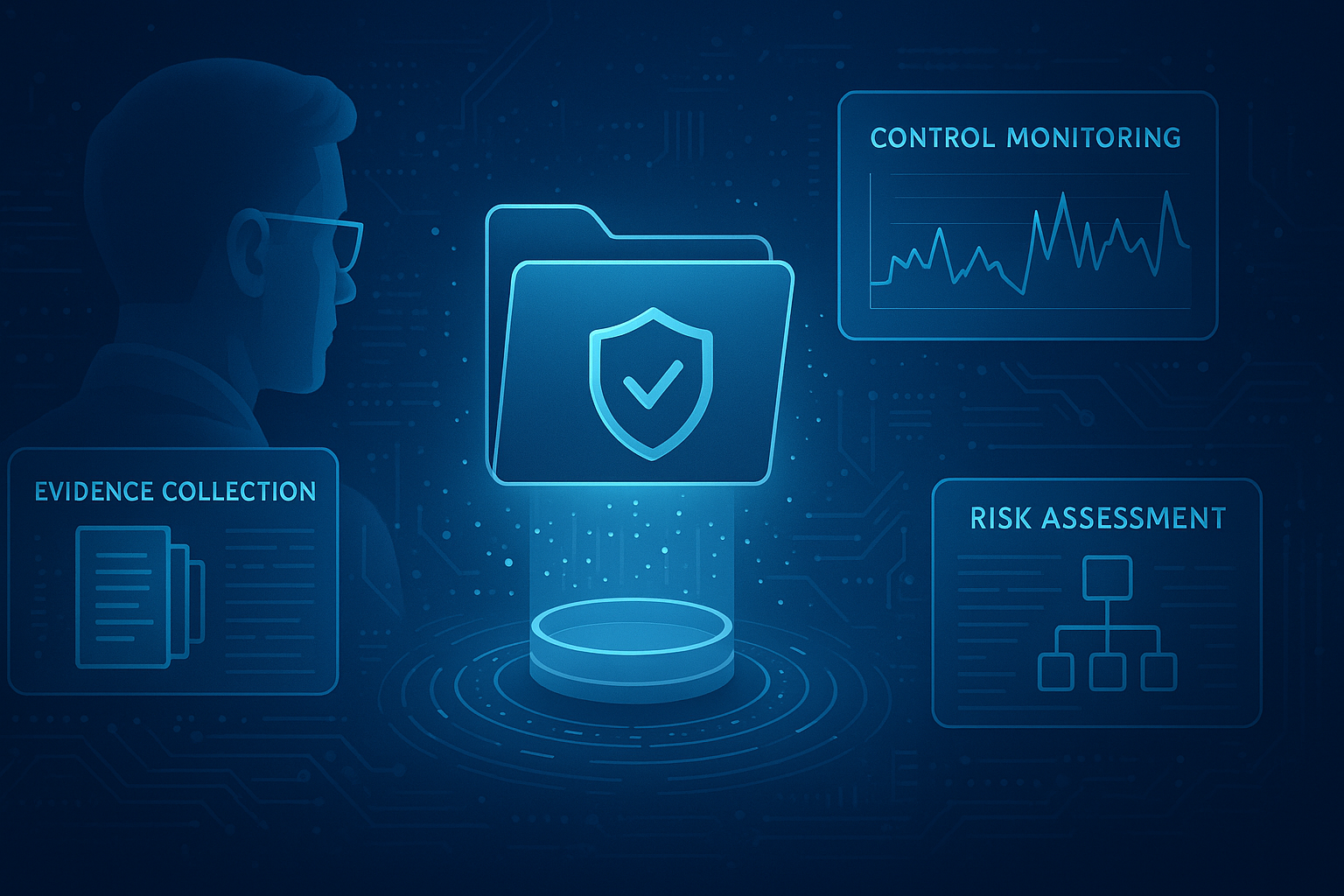The National Institutes of Standard and Technology’s Framework for Improving Critical Infrastructure Cybersecurity - later dubbed the NIST Cybersecurity Framework (CSF) - is regarded as the gold-standard framework profile to build your cybersecurity program. Designed to facilitate conversations around cybersecurity risk management between cybersecurity professionals and stakeholders across both public and private-sector organizations, the NIST CSF, coupled with the NIST Risk Management Framework (RMF), is a powerful tool. The RMF is a process-based framework practically applied using multiple more directly practical special publications from NIST, and SP 800-30 is one of them. While the NIST CSF is the gold standard for cybersecurity management, being the most comprehensive and flexible, it is also one of the most challenging to implement.
What is NIST SP 800-30
According to NIST, Special Publication 800-30 guides the conduct of risk assessments of federal information systems and organization.
NIST SP 800-30 allows risk management teams to examine risk through the lenses necessary to relay that risk back to business leaders: threat type, business impact, and financial impact. Relaying these identified risks in this format helps bridge the gap between cybersecurity events and business leaders. As information security becomes an increasing concern at the CEO and Board level, using the same terminology is paramount. SP 800-30 helps technical leaders CISO put cyber risks into a business context to improve reporting cybersecurity to the Board and other stakeholders.
Using a NIST Risk Assessment to Implement the NIST CSF
The NIST RMF is predicated on actively conducting assessments for risk-informed control implementation, making NIST SP 800-30 critical to cyber risk assessments.
NIST’s risk management and cybersecurity management framework. The CSF is driven by outcomes and maps onto specific security controls - overall, though, for strategic planning, the NIST CSF needs a risk assessment to inform where to begin. While Padraic O'Reilly, Founder of CyberSaint, sees any framework for cyber risk quantification as a step in the right direction (from a three-by-three matrix through to 800-30 and the FAIR model), he believes that it comes down to how much value the outcomes are to the other members of your organization.
The NIST CSF relies on three central tenets of the Framework for implementation: Profiles, Implementation Tiers, and implementing the Framework Core functions (Identify, Protect, Detect, Respond, Recover). Starting with a risk assessment allows your organization to baseline and integrate that into a baseline NIST CSF Profile. From there, determining your implementation tier level (current and desired) helps contextualize your organization’s current posture further. Finally, the Framework Core will guide you on where to invest resources based on gaps in your security program and perform continuous monitoring.
A NIST SP 800-30 risk assessment is valuable since it rolls up well into the CSF, given that the same organization developed them. While the CSF is flexible enough to use any risk assessment framework, O'Reilly recommends NIST SP 800-30 for established infosec and cybersecurity programs and uses a combination of 800-30 and the FAIR model in the CyberStrong platform.
Since this article was published, the NIST CSF has been updated. NIST CSF 2.0 includes updates to the core function with the 'Govern' Function, widespread applicability beyond critical infrastructure, and a renewed emphasis on supply chain risk management.
Tools for Conducting An SP 800-30 Risk Assessment
Implementing both the NIST RMF and CSF relies on a baseline cybersecurity risk assessment - both frameworks are designed to be as valuable as fast as possible. Baselining with a risk assessment informs where organizations should start when implementing the NIST CSF and the RMF. Although this integrated approach can be stifled by the tools organizations use to support their teams, using spreadsheets with these two gold standards is insufficient.
Integrated cyber risk management tools like the CyberStrong platform help organizations integrate risk operations with compliance and conduct automated risk assessments in one platform, helping security leaders understand how these two pieces fit together.





.png)
.png)
.png)
%201.png)
.png)




